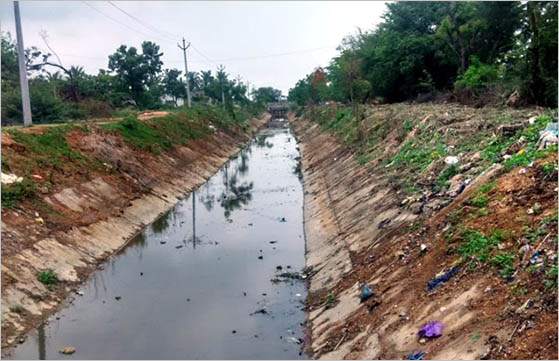
Waste are the substances, materials or objects, which are by product of primary use that are useless in the environment. Waste also known as garbage, rubbish, trash, refuse and junk.
Table of Contents
There are different types of waste on the basis of different criteria:
| Basis | Types of waste |
| On the basis of properties, effects etc. | a) Solid wastes:
Wastes in the form of solid i.e. local, commercial, and industrial waste. b) Liquid wastes: Wastes in the form of liquid or watery. i.e. oils, chemicals, polluted water from ponds or rivers etc. |
| Based on the properties of wastes: | a) Biodegradable wastes
b) Non-biodegradable wastes |
| Based on the effects of waste on human health and environment: | a) Hazardous wastes:
Dangerous substances emitted from the commercial, industrial and agriculture or economical use, which are unsafe to use for further purpose. b) Non- hazardous wastes: Safe wastes emitted from the commercial, industrial and agriculture or economical use, considered harmless to use for further purpose. |
What is Waste Management?
- Waste management means managing the waste from its inception to its final disposal. It includes the collection, transportation, treatment and disposal of waste.
- Waste Management, in simple terms is the process of managing and differentiating the waste, based on its importance to the environment, where the usable wastes are reduced, reused and recycled while unusable waste are disposed safely without/limited effect to the environment.
Basically, waste management are of two types:
- Solid waste management
- Liquid waste management
On this article, we will focus on the liquid waste management. So, let’s have a read.
What is Liquid Waste Management?
Liquid waste management is a method to prevent discharge of pollutants to the watercourses, through the collection and proper disposal of hazardous liquid materials.
Different Sources and Types of Liquid Waste:
| Sources of liquid waste | Types of liquid waste |
|
– Waste water
– Fats, oil, or grease – Sewage sludge – Hazardous household liquids – Organic wastewater – Inorganic wastewater – Storm water – Other liquid waste from residential, commercial and industrial areas |
Measures for Liquid Waste Management:
The measures for Liquid Waste Management are:
1. Modern sewage treatment plant where it involves four process:
- Collection and Pumping
- Preliminary Treatment
- Primary Treatment
- Secondary Treatment
2. Wastewater Treatment
It involves following process:
- Physical and chemical treatment techniques for removal of contaminants like oils, dissolved solids and metals.
- Biological water treatment
- Liquid Direct Injection technology which helps to destroy wide range of waste streams.
- Clean oil products collected and reused or sold.
- Organic waste streams turned into renewable energy with the help of organizations who have anaerobic digester facilities.
References and For More Information:
https://www.conserve-energy-future.com/waste-management-and-waste-disposal-methods.php
https://enviroliteracy.org/environment-society/waste-management/what-is-waste/
https://en.wikipedia.org/wiki/Waste
http://www.open.edu/openlearncreate/mod/oucontent/view.php?id=80454&printable=1
https://www.covanta.com/Our-Solutions/Sustainable-Materials-Management/Liquid-Waste-Management
http://www.mwra.state.ma.us/03sewer/html/sewhow.htm